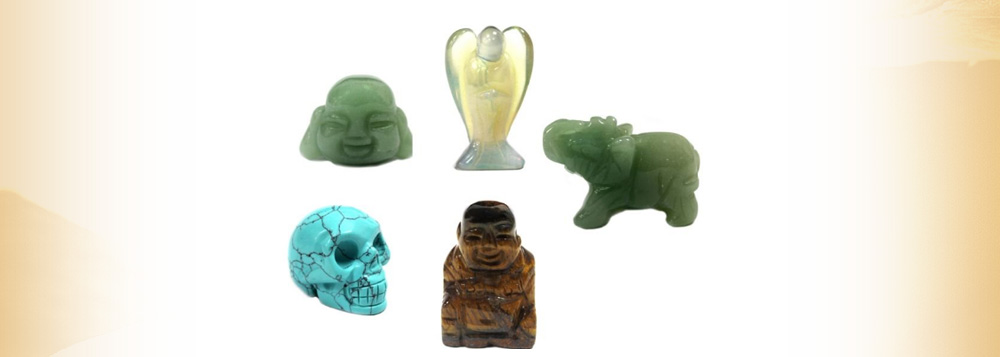
Gemstone Figure
The concept that some gemstone types are considered 'precious', while others are only 'semi-precious' is actually a recent innovation that dates back to the 19th century. The term 'semi-precious' was first used in 1858 in reference to gems 'of less commercial value than a precious stone'. Precious stones were known as the 'precious four', which included sapphire, ruby, emerald and diamond. These four types typically command higher prices than other gems due to their color, brilliance and rarity
However, the distinction between precious and semi-precious gems is no longer recognized by most professionals in the trade. In fact, the 'traditional' list of precious gems has been expanded to include numerous gemstone types, including precious topaz, precious pearl, precious opal, precious coral and more. Many varieties are actually rarer and more precious than any original precious 4 gems, such as red beryl (bixbite), color-change alexandrite, red spinel, tanzanite, demantoid garnet and tsavorite garnet, for example.
Most gem-quality materials for precious gems (or semi-precious) are cut and polished as cabochons or faceted into fine jewelry gemstones. Very few gem-quality materials are reserved for natural carvings. Gemstone carvings are a rarity as they require a lot of good quality material and much of it is lost during the carving process. Not only is the material rare, but the carved result of a cameo, ornament or animal is much more unique than traditional gemstone shapes. Many cutters specialize in carving certain animals or statuettes, such as the fine jadeite carving experts - many of the best jade carver artisans hail from Asia, including China and Thailand.